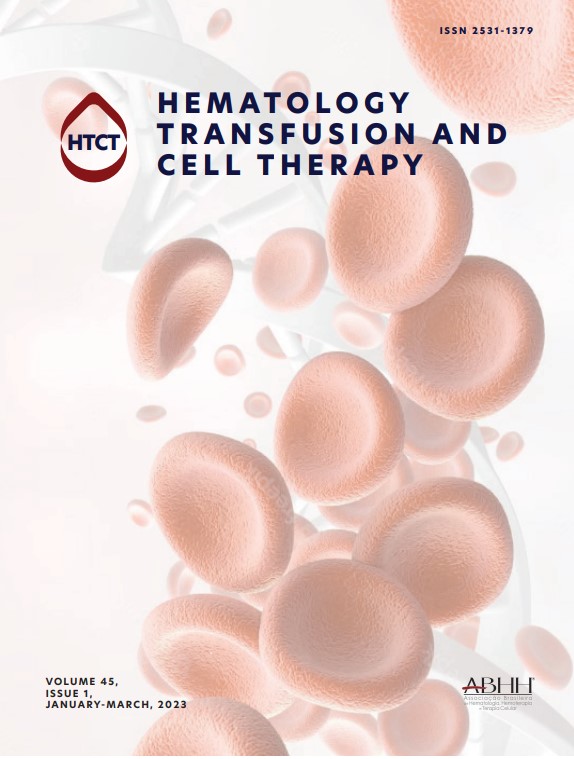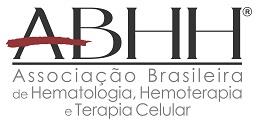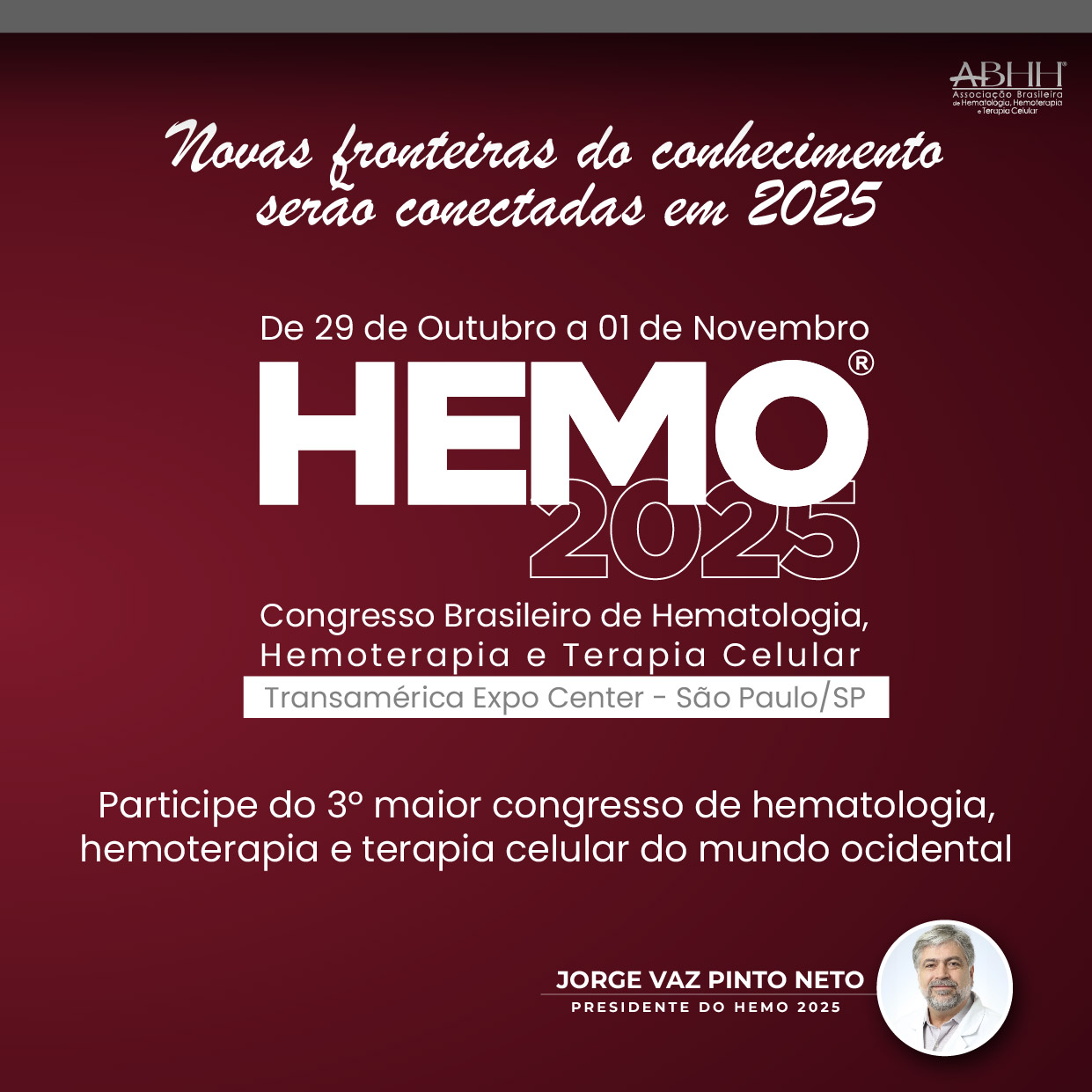Acute myeloid leukemia (AML) originates from self-renewing leukemic stem cells (LSCs), an ultimate therapeutic target. The T-cell immunoglobulin mucin-3 (TIM-3) is expressed on the surface of LSCs in most AML patients. We have reported that targeting TIM-3 by anti-TIM-3 monoclonal antibodies could eradicate human AML LSCs in vivo by utilizing xenograft models (Cell Stem Cell, 2011). We then tested the role of TIM-3 signaling evoked by its ligand, galectin-9 (Gal-9), and found that TIM-3+ AML cells secreted Gal-9 into sera, and the ligation of TIM-3 by serum galectin-9 positively regulate the self-renewal capacity of TIM-3+ LSCs through activating the beta-catenin pathway (Cell Stem Cell, 2015). Furthermore, this TIM-3/Gal-9 “autocrine stimulatory loop” is involved in development of LSCs from preleukemic status, including myelodysplastic syndromes (MDS) and myeloproliferative neoplasms (MPN); frequencies of TIM-3+ cells progressively increased and accumulate driver mutations along with disease progression from early/chronic phase to overt leukemia. Thus, signaling molecules downstream of TIM-3 as well as surface TIM-3 itself might be good target to regulate transformation from preleukemic status.
O fator de impacto mede o número médio de citações recebidas em um ano por trabalhos publicados na revista durante os dois anos anteriores.
© Clarivate Analytics, Journal Citation Reports 2025
O CiteScore mede as citações médias recebidas por documento publicado. Mais informação
Ver maisSJR é uma métrica de prestígio baseada na idéia de que todas as citações não são iguais. SJR utiliza um algoritmo similar ao page rank do Google; é uma medida quantitativa e qualitativa ao impacto de uma publicação.
Ver maisSNIP permite comparar o impacto de revistas de diferentes campos temáticos, corrigindo as diferenças na probabilidade de ser citado que existe entre revistas de distintas matérias.
Ver mais





